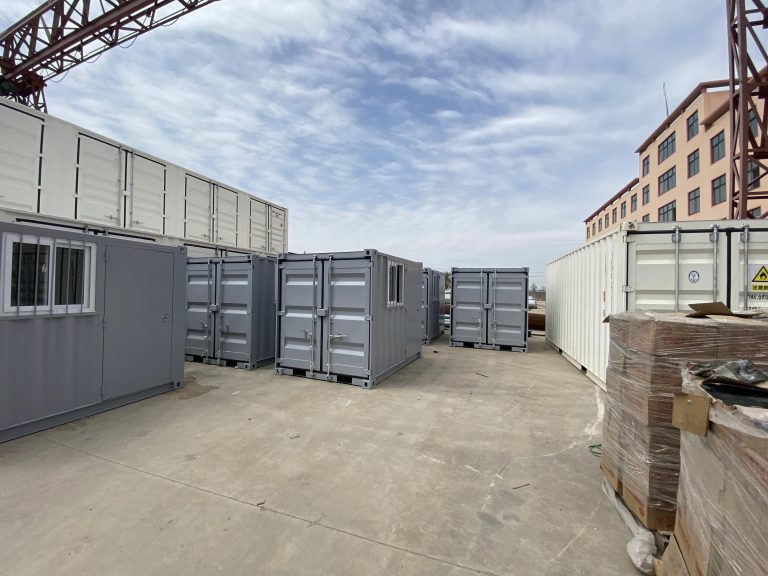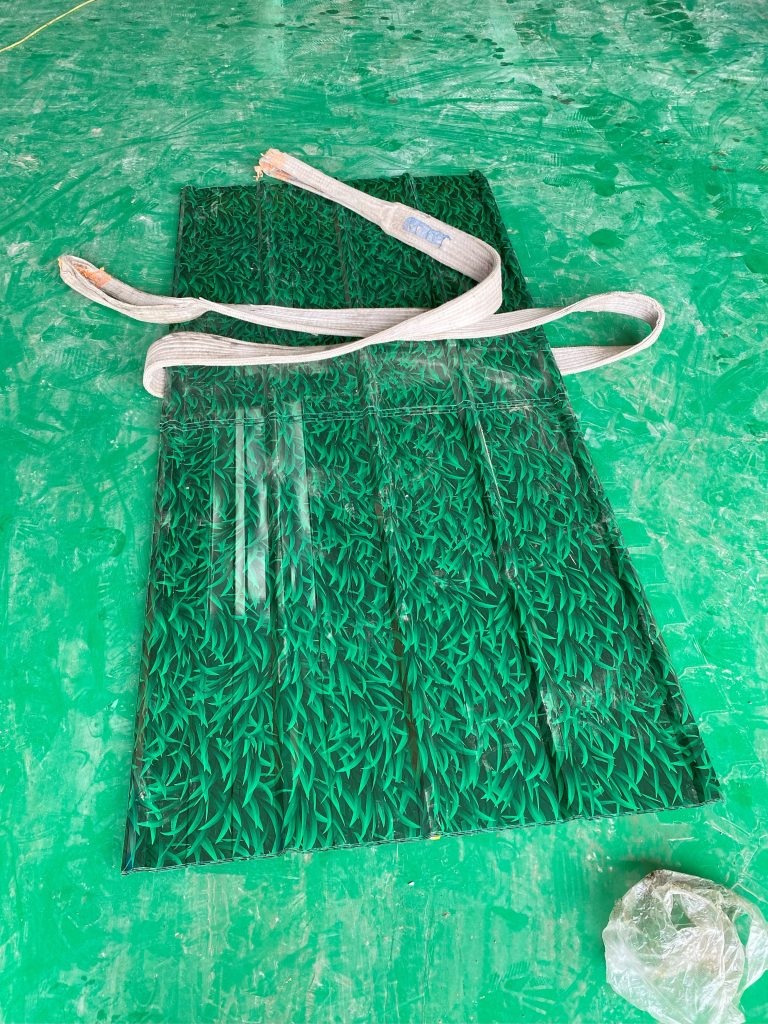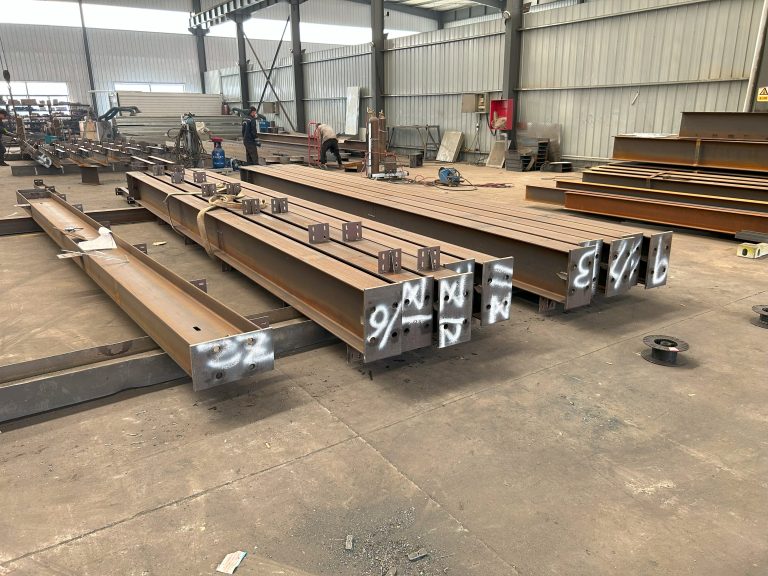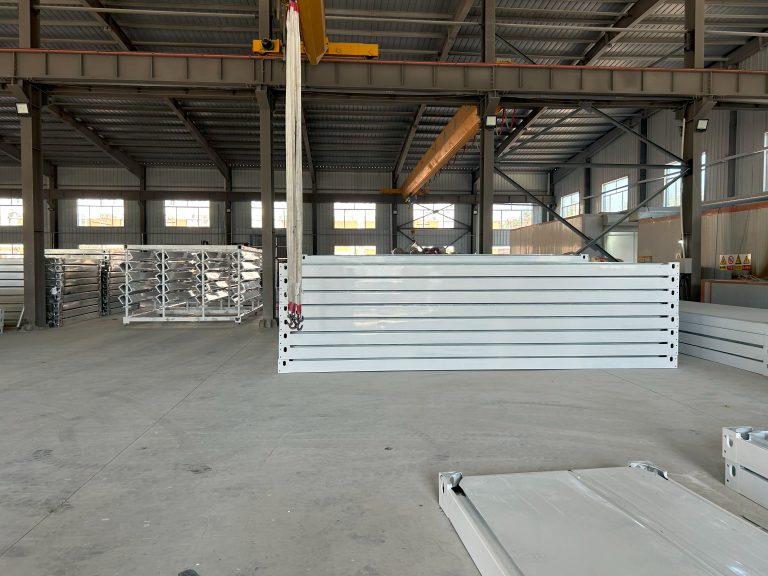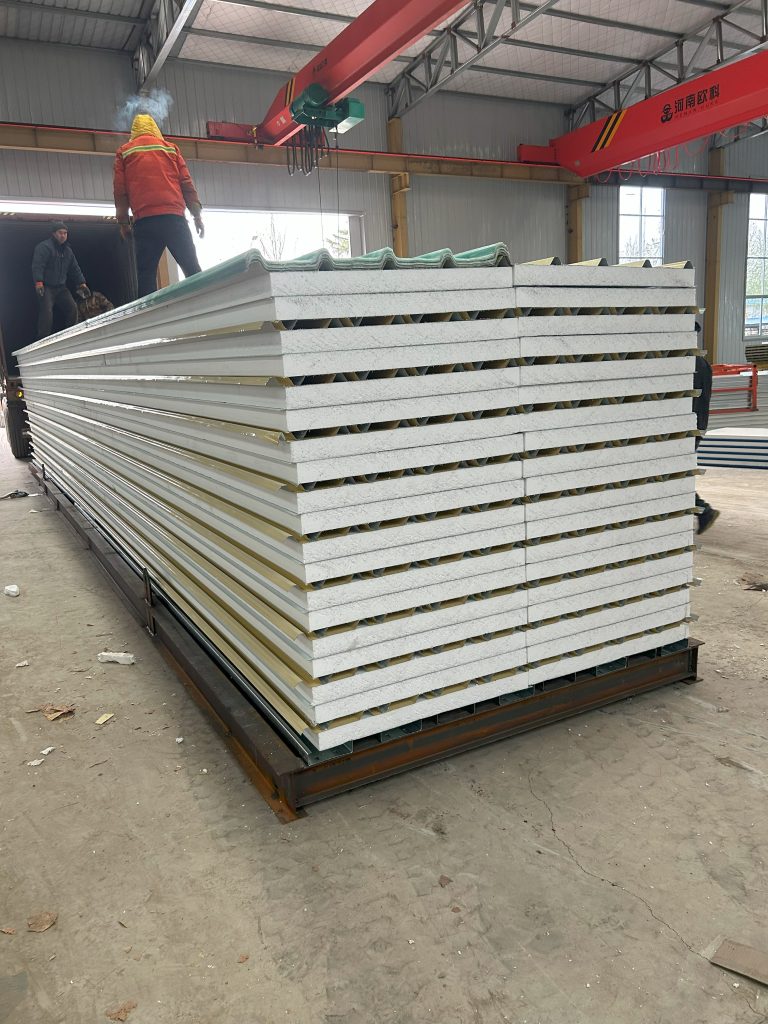Technological innovation of steel structure in the construction of intelligent tourist attractions
Table of Contents
Benefits of Using Steel Structures in Intelligent Tourist Attractions
Steel structures have long been a popular choice in the construction industry due to their durability, strength, and versatility. In recent years, technological advancements have further enhanced the use of steel in the construction of intelligent tourist attractions. These innovative applications of steel have revolutionized the way we design and build attractions, offering a wide range of benefits for both developers and visitors alike.
One of the key benefits of using steel structures in intelligent tourist attractions is their ability to support complex and innovative designs. Steel’s high strength-to-weight ratio allows for the creation of large, open spaces without the need for bulky support columns or walls. This flexibility in design enables architects and engineers to push the boundaries of creativity, resulting in visually stunning and unique attractions that captivate visitors.
In addition to their design flexibility, steel structures are also highly durable and resistant to environmental factors such as corrosion, fire, and seismic activity. This makes them an ideal choice for attractions located in challenging environments, such as coastal areas or earthquake-prone regions. By using steel, developers can ensure that their attractions will stand the test of time and provide a safe and enjoyable experience for visitors.

Furthermore, steel structures are quick and easy to assemble, reducing construction time and costs. Prefabricated steel components can be manufactured off-site and assembled on-site, minimizing disruption to the surrounding area and allowing attractions to be completed in a timely manner. This efficiency in construction not only saves time and money but also allows attractions to open to the public sooner, generating revenue and boosting the local economy.
Another benefit of using steel structures in intelligent tourist attractions is their sustainability. Steel is a highly recyclable material, with a high recycling rate that reduces the need for new raw materials and minimizes waste. By choosing steel, developers can reduce their environmental impact and contribute to a more sustainable future for the construction industry.
Moreover, steel structures can be easily integrated with advanced technologies to create interactive and immersive experiences for visitors. From augmented reality displays to interactive exhibits, steel provides a solid foundation for the integration of cutting-edge technologies that enhance the visitor experience and make attractions more engaging and memorable.
In conclusion, the technological innovation of steel structures in the construction of intelligent tourist attractions offers a wide range of benefits for developers and visitors alike. From design flexibility and durability to efficiency in construction and sustainability, steel structures provide a solid foundation for the creation of visually stunning and engaging attractions that stand the test of time. By harnessing the power of steel and advanced technologies, developers can create attractions that push the boundaries of creativity and offer visitors a truly unforgettable experience.
Future Trends in Technological Innovation for Steel Structures in Tourism Development
Technological innovation has played a significant role in the construction industry, particularly in the development of intelligent tourist attractions. Steel structures have become increasingly popular due to their durability, flexibility, and sustainability. In recent years, advancements in technology have revolutionized the way steel structures are designed and constructed, leading to the creation of more efficient and visually appealing tourist attractions.
One of the key technological innovations in the construction of steel structures is the use of Building Information Modeling (BIM). BIM allows architects, engineers, and construction professionals to create detailed 3D models of buildings, enabling them to visualize the structure and identify potential issues before construction begins. This technology has greatly improved the efficiency and accuracy of steel structure design, resulting in faster construction times and reduced costs.
Another important technological innovation in steel structure construction is the use of advanced fabrication techniques. Computer Numerical Control (CNC) machines have revolutionized the way steel components are manufactured, allowing for greater precision and customization. These machines can cut, drill, and shape steel with incredible accuracy, resulting in high-quality components that fit together seamlessly during construction. This level of precision has enabled architects to create complex and innovative designs that were previously impossible to achieve with traditional construction methods.
The integration of automation and robotics in steel structure construction has also had a significant impact on the industry. Automated welding machines, for example, can weld steel components together with speed and precision, reducing the risk of human error and improving the overall quality of the structure. Robotics have also been used to assemble steel components on-site, further streamlining the construction process and reducing labor costs. These advancements in automation have made it possible to construct steel structures more quickly and efficiently than ever before.
In addition to technological advancements in design and fabrication, the use of sustainable materials and construction methods has become increasingly important in the construction of intelligent tourist attractions. Steel is already a highly sustainable material, as it is 100% recyclable and can be reused indefinitely without losing its strength or durability. However, new innovations in steel production have further reduced the environmental impact of steel structures. For example, the use of recycled steel and energy-efficient production methods have significantly reduced the carbon footprint of steel construction.
Furthermore, the integration of renewable energy technologies into steel structures has become a key focus in the construction of intelligent tourist attractions. Solar panels, wind turbines, and geothermal heating systems can be seamlessly integrated into steel structures, providing clean and sustainable energy to power the attraction. These renewable energy sources not only reduce the environmental impact of the attraction but also help to lower operating costs in the long run.
Overall, technological innovation has transformed the construction of steel structures in the development of intelligent tourist attractions. From advanced design and fabrication techniques to sustainable materials and renewable energy integration, these innovations have made it possible to create more efficient, visually appealing, and environmentally friendly tourist attractions. As technology continues to evolve, we can expect to see even more exciting advancements in the construction of steel structures, shaping the future of tourism development for years to come.

